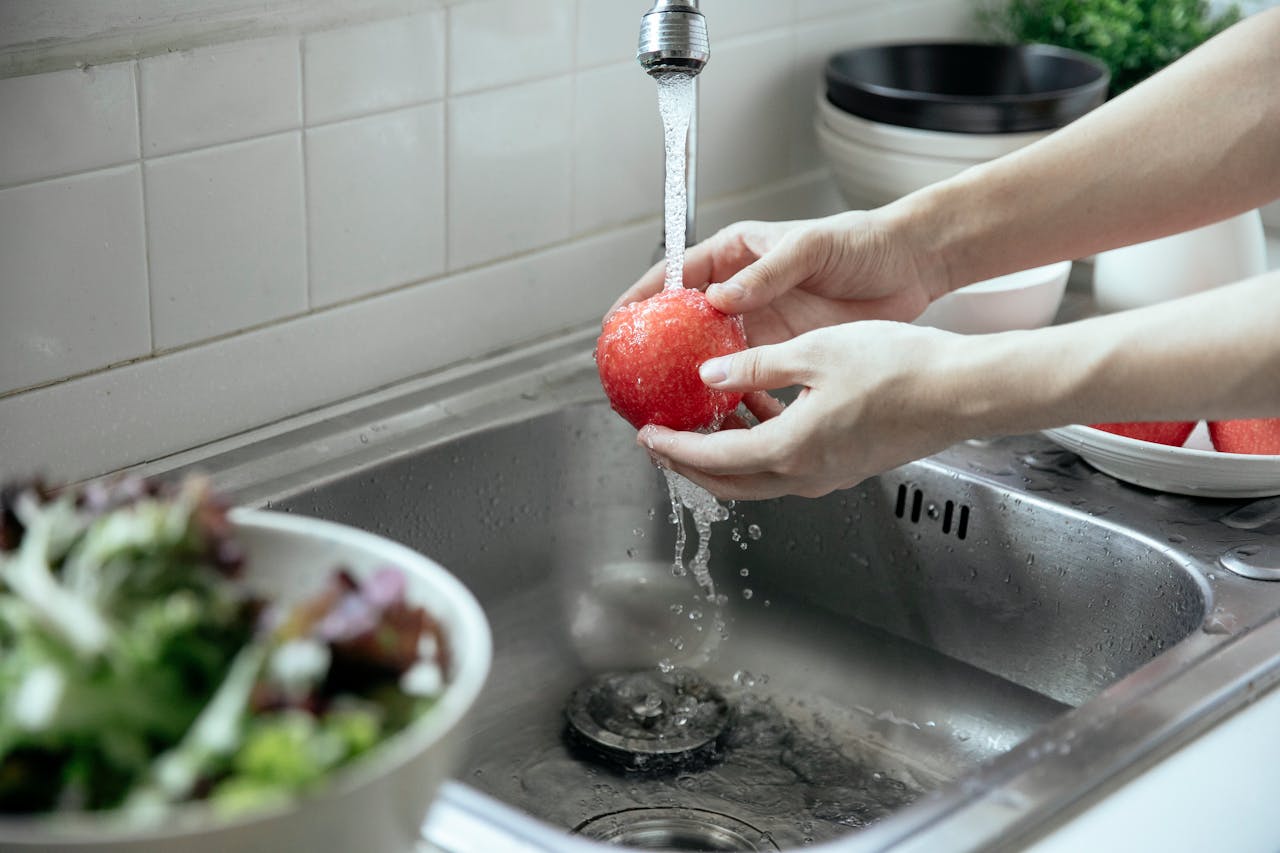Turning on your tap to discover brown water from tap can be an alarming experience. While this issue may seem concerning, it is relatively common and can occur for a variety of reasons. Understanding the causes of brown water, its potential health implications, and the solutions to address it can help you take the necessary steps to resolve the issue promptly.
Common Causes of Brown Tap Water
The most frequent cause of brown water is rust, which often comes from the internal corrosion of pipes. Older pipes, particularly those made from iron, can degrade over time, releasing rust into the water supply. This rust dislodges and causes the characteristic discolouration when you run your taps.
Sediment build-up is another common factor. Over time, mineral deposits and debris settle at the bottom of water mains or within your plumbing system. Any disruption, such as a sudden change in water pressure due to maintenance or pipe bursts, can stir up this sediment, making your water temporarily appear brown.
Additionally, corroded pipes are a significant issue. Pipes that deteriorate with age can introduce both rust and other impurities into the water flowing through them, further contributing to discoloration.
Potential Health Concerns Linked to Brown Tap Water
Brown water is not just an aesthetic issue; it may also be a potential health hazard depending on its cause. While rust from corroded pipes is generally not harmful to consume in small amounts, high concentrations of iron or other metals might cause digestive discomfort for some individuals. Consuming discoloured water can also stain teeth over time.
However, brown water could indicate the presence of other contaminants such as bacteria, which might pose serious health risks. To determine the exact cause and whether the water is safe to consume, it is essential to have your water tested by a certified laboratory. This step helps identify any harmful substances that may require immediate attention, such as lead contamination from corroded pipes.
If you or a family member develops symptoms such as nausea, diarrhoea, or abdominal pain after drinking brown water, consulting a healthcare professional is strongly recommended.
Solutions to Address and Prevent Brown Water
Flushing your plumbing system by running cold water for 15 to 30 minutes is often the first step in addressing brown water. This action can clear out any rust or sediment that has accumulated in the pipes. However, if the water does not return to its normal clarity after flushing, further action is required.
Installing a whole-house water filter can effectively remove sediment, rust, and other impurities from your water supply. Filters tailored to address mineral and metal contaminants can significantly improve water quality and are widely available.
It is also essential to contact your local water utility company if the issue persists. They can provide insight into whether the problem originates from their main supply line or within your home’s plumbing system. They may also conduct repairs or flush their own systems if necessary.
If the brown water results from outdated and corroded pipes on your property, replacing them with modern materials such as PVC or copper is highly recommended. Though this may involve an upfront investment, it can prevent recurring issues and improve water safety in the long term.
Routine water testing is another effective preventive measure. Regular tests can detect changes in water quality before they escalate into more significant problems, giving you peace of mind about the condition of your supply.
Clear Water Starts with Action
Brown tap water is a problem that often has straightforward solutions. Whether the issue stems from rust, sediment, or pipe corrosion, prompt action can help restore the clarity and safety of your water. By flushing your system, installing filtration solutions, and maintaining your plumbing infrastructure, you can address and prevent this issue effectively.
If you notice persistent brown water, testing for contaminants and seeking professional guidance will help identify the root cause and protect your household’s health. Taking these steps ensures a return to clear, safe water for daily use.
